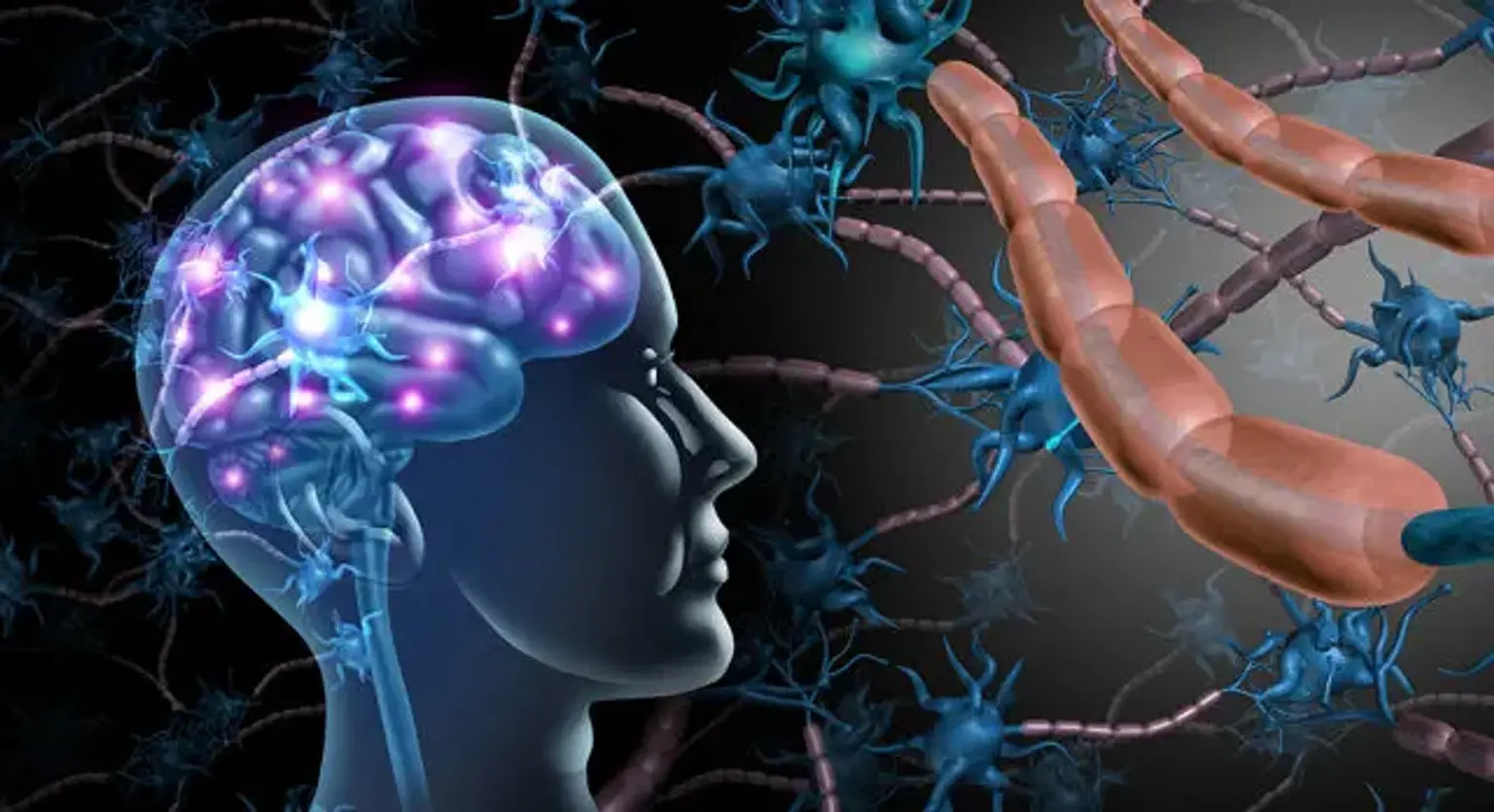Neurodegenerative disease
Neurodegenerative disease refers to an umbrella term for various health conditions that primarily impact the neurons in the brain. The word neurodegenerative can be split into two parts; neuro and degenerative. Neuro refers to the brain, while degenerative means breaking down or losing the function of organs and tissues. This is also considered a progressive and slow failure of the nerve cells.
Neurons are the essential brain cells as they are responsible for the effective functioning of the brain. This includes remembering certain tasks, movement, conversing with friends or thinking about school work. Brain disorders resulting from miscommunications in one area disrupt brain activities. This result in various illnesses and diseases where the most complicated are neurodegeneration diseases.
